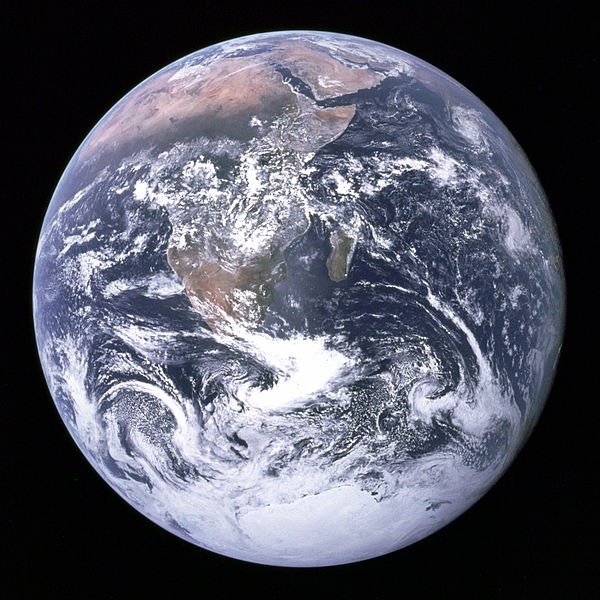Archive for the ‘PostgreSQL’ tag
Happy New Year: drawing fractals in SQL
In one of my previous New Year's posts we drew snowflakes in PostgreSQL.
The algorithm we used to create the snowflakes is an implementation of an L-system, which is an example of a fractal. There are many more beautiful objects we can see in the winter: frozen trees, frost patterns on windows, cracks on ice etc., all of them being fractals.

Today we will be constructing escape-time fractals. To build such a fractal, one would need to run a certain function for each point on the plane iteratively and see how many iterations does it take for the function to overflow: the more it takes, the brighter is the point's color.
I won't go deep into fractal theory now, just show that they can be constructed with SQL relatively easily. For instance, Mandelbrot set, one of the best known escape-time fractals, is almost a one-liner in PostgreSQL:
Happy New Year: view of Earth from space in SQL
It's been a really long year.
The blog has not been updated during this year. I focused on improving my SQL skills and helping other folks to improve theirs.
During this year Explain Extended has become a team. We now do SQL consulting and database development. I'll write a post about it soon, but send me a message if you're impatient to wait.
Now, to the new year post.
New Year has always seemed like the most global thing to me. It does not happen to everyone at once. When I was a kid I wanted to go to space and see the New Year marching through the planet with my own eyes (and it's not that I don't want it anymore).

Now we have satellite images and such, but with a little effort we can see how our planet looks from space using SQL.
To do this, we need some map data, basic math and pretty simple SQL. I'll use PostgreSQL for that.
Read the rest of this entry »
Happy New Year: drawing snowflakes in SQL
This winter is anomalously warm in Europe, there is no snow and no New Year mood. So today we will be drawing a snowflake in PostgreSQL.
#1. A little theory
Core of a snowflake is six large symmetrical ice crystals growing from the common center. Out of these larger crystals other, smaller, crystals grow.
The overall shape of the snowflake is defined by how large do crystals grow and where exactly are they attached to each other.
These things are defined by fluctuations in air and temperature conditions around the snowflake. Because the flake itself is very small, in any given moment the conditions are nearly identical around each crystal, that's why the offspring crystals pop up in almost same places and grow to almost same lengths. Different flakes, though, constantly move to and from each other and are subject to very different fluctuations, and that's why they grow so unique.
Except for the root crystals (of which there are six), the child icicles grow in symmetrical pairs. More than that, each branch grows their own children (also in pairs), so on each step there are twice as many crystals, but they all share almost same length and angle. This gives the snowflake its symmetrical look.
So we can easily see that, despite the fact there may be many child crystals, the shape of a snowflake is defined by a relatively small number of parameters: how many children each crystal produces, where are they attached to it, at which angle they grow and to which length.
Now, let's try to model it.
Read the rest of this entry »
 Subscribe in a reader
Subscribe in a reader